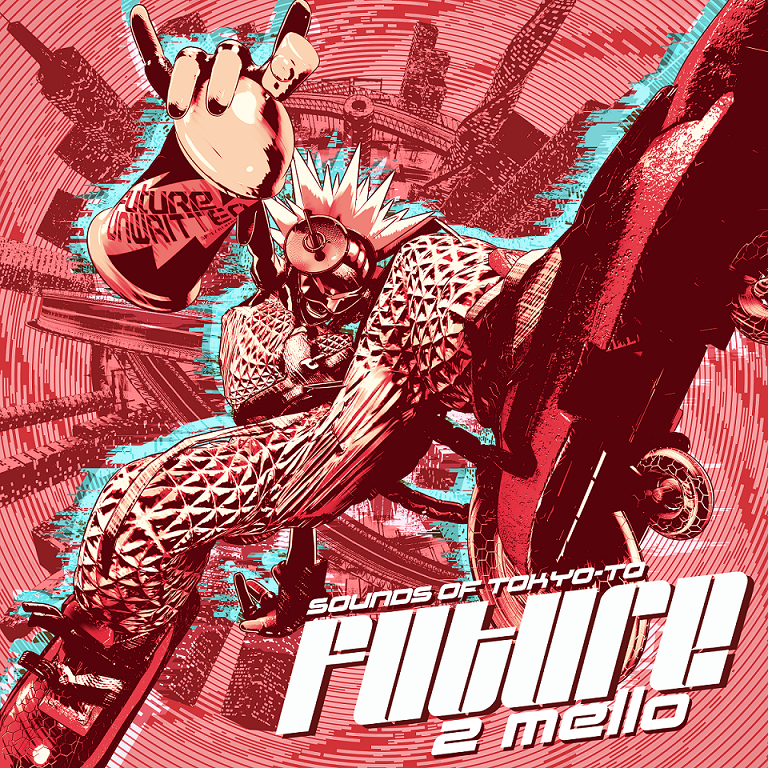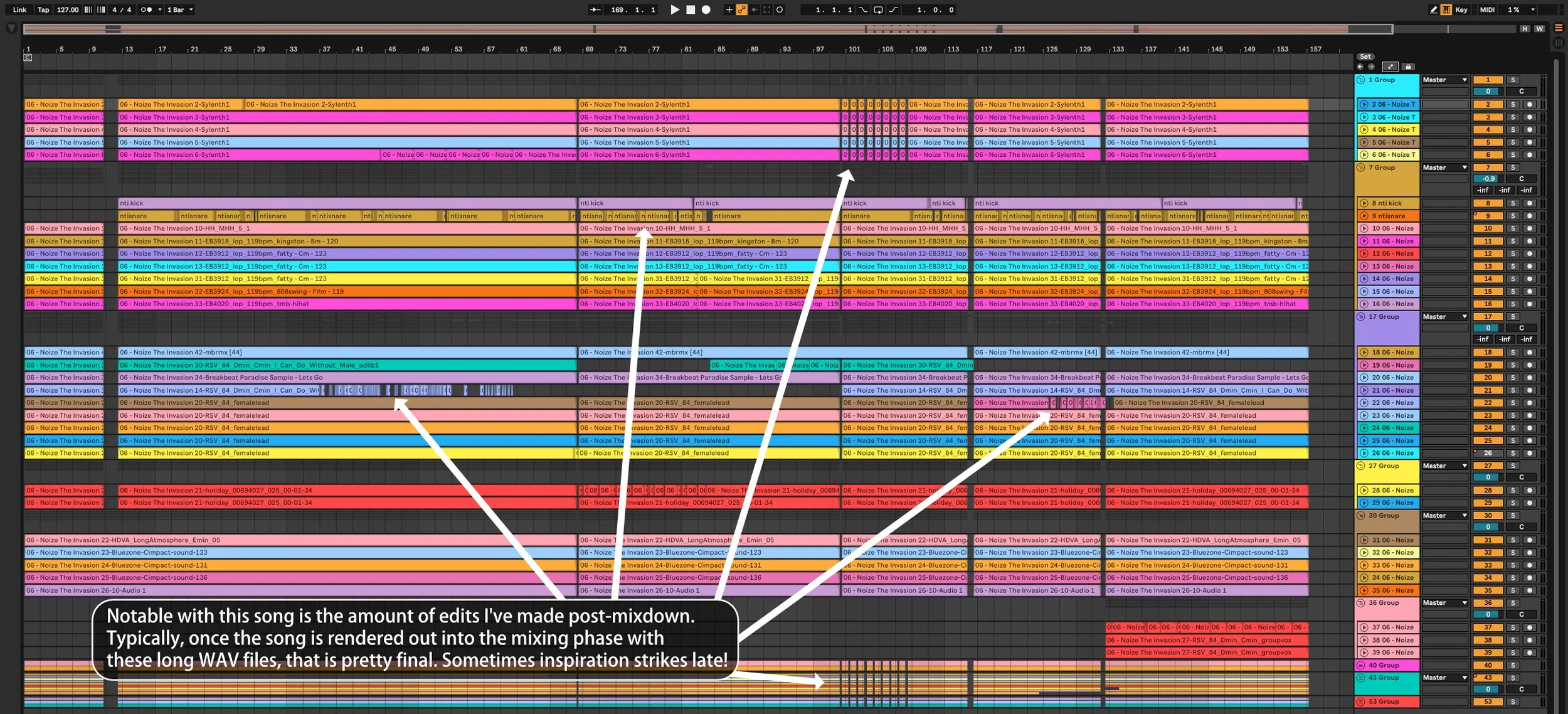CREATING SOUNDS OF TOKYO-TO FUTURE PART 5: "NOIZE THE INVASION"
Album art by Ethan Redd
“NOIZE THE INVASION”
Audio Track Count: 49
Favorite Sound: The lo-fi brass hits at 2:11
Cutting-Room Floor: Nothing; everything made for this song is still in it!
Inspirations: The one Moby song I like, “Ain’t Never Learned”, which is apparently considered a B-side, electro, “Waiting So Long” by Sam Gellaitry
Sometimes a song starts just by finding a good preset and hitting some keys–that’s exactly what happened to me here with a great bassy sequence synth from a Sylenth pack that formed the backbone for “Noize The Invasion”. I love how thick and gritty this sound is, how much it carries the song on its own and how it contrasts with the gentle, high-pitched vocal sample. The beat is a drum machine-esque electronic hi-hat, kick and snare. I don’t usually want my music to sound like I’m using a drum machine, but 808 and 808-inspired sounds really are so sharp and clear and it’s a testament to their enduring quality that they are still used in so much music today. This approach also ended up fitting nicely with my aim to make this song stand out from some of the rest as being very artificial and “programmed”.
If you don’t know already, my albums Memories Of Tokyo-To and Sounds Of Tokyo-To Future are inspired by a video game series called Jet Set Radio. In this series, several gangs battle each other for territory through the means of graffiti art and skating prowess. Over the two albums, I’ve made a few songs that were meant to represent a specific gang from the series, and this song was for the Noise Tanks, a technology-oriented transhumanist gang that are trying to become cyborgs by augmenting themselves and subsisting on nothing but heavily processed foods. Because of my great interest in horror as a genre, I have a specific fascination with the darker, weirder gangs of the series (can’t wait to get to my Poison Jam songs in this blog) and I wanted to make a darker song for the Noise Tanks. I couldn’t have guessed how dark I would go, though.
A Noise Tank from “Jet Set Radio”.
As I worked on “Noize The Invasion”, I gradually added more sinister and abrasive sounds like the screeching synth at 1:24 and the deep pads at 1:39. Basically, when you start with a sound as overdriven as that bass sequence, there’s no way to go with the rest of the song but harder. After getting some headway on the main beat, I went back and added the long glitchy choir intro to signal that something very different in tone from the rest of the album was coming. As you can see in my discography, two of my albums since Memories Of Tokyo-To had been full-on horror music, and a little bit of that definitely leaked in here.
As I continued producing, I even started to see a kind of serious connection between the words of the vocal samples when I was almost done with the track. I had already planned for it to be dark and cold, but when I started seeing the words “without your love” and “I know, I get it” in that context--I thought it kind of sounded like someone being reached out to and recruited into a cult! I continued this song thinking of a fictional someone trying to recover from a great loss of some sort (“without your love”) who becomes vulnerable and is taken advantage of by people who appear sympathetic (“I know, I get it”), falling into something harmful. This topic is close to me, in that it scares the shit out of me, so I’ve done some reading and thinking on it. We all like to believe we are very in control, reacting with shock to stories about people falling into these groups en masse but settling on the thought that “this would never be me”. Really, any of us could only be a few steps away from a situation of vulnerability and susceptibility to some insidious influence. It’s one of the things that frightens and saddens me the most. The desperate and feverish energy of the song comes out of those feelings.
Long before I was taking this route with the song, I actually had a major creative block with it around the 2-minute mark. I was starting to think of it as a shallow idea that couldn’t go much further, but I went ahead and created a drop for it despite not having any ideas for another segment. I still remember the day I found the vintage horn hit sounds that I throw in at 2:11. Not only was this a breakthrough for the song that led me to gallop through 3 more full minutes of new ideas, it was a breakthrough for the album as a whole. This was a point where many tracks were stalled and I was headed into late 2020, dreading another full year of working on the album. Once I cracked the code on “Noize” I felt like I had been energized enough to go and work on all of the other songs. If you had told me this would end up being the longest song on the album, this album’s answer to “BIG BEAST” from Memories Of Tokyo-To, I definitely would not have believed you. By the time I had reached every section, I already knew where I was going to take the next one. I call this the “flow state” of music production–it doesn’t happen all of the time, but when it does it actually feels like the job is easy.
The song pretty much goes full-tilt until there’s finally a long breakdown and moment of relief at 2:40. I really had fun bringing in the more natural percussion loops here, as well as a new chopped vocal and some different melodic sounds. The squelchy bass sound at 2:55 is a reference to the intro of Public Enemy’s “Public Enemy No. 1” with its scratchy bass synth sample.
Out of all the sections in the song, I had the most fun throwing everything I could into the section spanning from “the ultimate!” at 3:10 to the full unleashing of energy at 3:40. Similar to “Life On The Line”, I added some fun drop-outs here to refresh and then re-shock the ears when the layers came back in. I was super happy to find the overdriven sax sample I started using at 3:25. I think it added a lot of wailing, organic liveliness to this part of the song’s escalation. The phased synth lead at 3:40 is a heavy, buttery sound that fills up tons of space–it surprised even me that the song could get that much bigger. I also brought back the vocal sample from the first section here, which I almost forgot to do before realizing in my “last touches” phase that it had once been the linchpin of the song and it had now been gone for most of it. I was so happy that there were even more chops, reverses and spins possible with it–one of the most versatile samples I’ve ever come across. I usually associate that pitch-y vocal manipulation with memes on YouTube and try to avoid too much of it, but it actually finally worked for me in a serious song here. One of the best things about the “last touches” production phase is finally getting to look at your song as a whole and see if there’s any glaring omissions or inconsistencies like this, and if addressing them could make the song better.
The outro of the song with the warped choir and calmer sound overall was originally a change-up that was going to occur much earlier, in the first two minutes of the song or so when the energy level was still lower. I realized it would be perfect for an outro, and had fun speaking as the “Noise Tanks” in the distorted or robot-ized vocals as the song fades out. All of this stuff was ad-libbed on the spot as I was thinking about something like the evil AI from System Shock 2. Through my love of horror, I’ve turned yet another fun, quirky and colorful Jet Set Radio gang of skating kids into a creepy cult!
As one last note, I want to apologize to anyone else who has ever had to type out the title of this song. I like to pick unique song names with unusual spelling or punctuation and run them through Google searches to see if my thing could be the top result. It started as a legitimate concern about SEO (trying to avoid famous or ubiquitous song titles) but became kind of a game. The Noise Invasion would make more sense. Noize The Invazion would make more sense!! But no, I chose to inconsistently turn one ‘s’ into a ‘z’. Sorry!! Hope you’ve enjoyed this write-up on “Noize The Invasion” and my take on the Noise Tanks!
That’s all for now—I’ll see you back here with a breakdown of “Molotov Music (Interlude)” on February 15!
Above: Full view of the “Noize The Invasion” mixdown in Ableton Live. Most DAW programs arrange music from left to right on the timeline, so the left end is my intro and the right end is my ending, with every sound placed in a linear fashion. The rows of color are audio tracks, and the tighter multicolored bands of audio tracks are collapsed Groups, as you can see on the right.



